How to Select Lipstick Color
Lipstick is more than just a beauty product—it's a tool for expressing your unique style. The right shade can transform your look, boost your confidence, and even reflect your mood. With so many options available on the market, finding the perfect color can seem daunting, but it becomes easy once you learn to match it to your outfit. So how can you find the lipstick that's best for you?We have prepared all the knowledge you need to know about how to select lipstick colors.
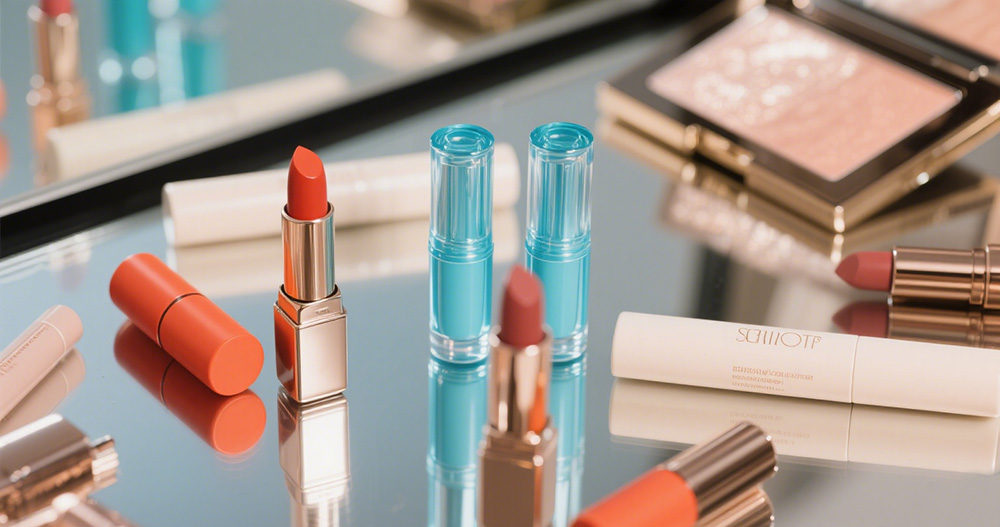
Lipstick Undertones: What They Are and How to Identify Them
Undertones are the subtle base hues that shape a lipstick’s true vibe, falling into three categories: cool, warm, and neutral. Cool undertones carry hints of blue, purple, or pink, giving shades a crisp, vibrant edge—think raspberry red or lavender-tinged mauve. Warm undertones lean into yellow, orange, or peach, making colors feel rich and sun-kissed, like burnt sienna or tangerine coral. Neutral undertones balance both, sitting somewhere in the middle with no strong cool or warm lean, such as soft rose or taupe-nude.
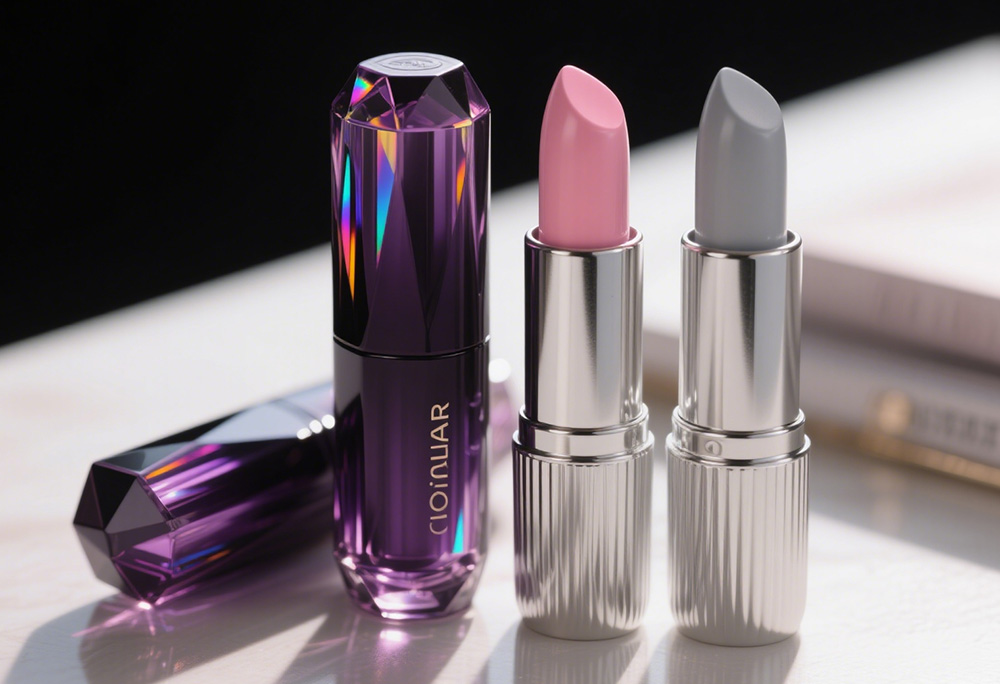
To spot cool undertones, swatch the lipstick on white paper in natural light—you’ll notice a blue or purple tinge, even in reds or pinks. On fair skin, cool shades brighten without washing it out; on deeper skin, they add a vivid pop without clashing. Warm undertones, when swatched on white paper, reveal golden or orange hints. They complement olive or golden skin tones, adding warmth that feels natural and lively.
Neutral undertones are trickier but recognizable by their versatility. They don’t pull strongly blue or yellow, so they flatter most skin tones. Testing on your lips is key: neutral shades won’t make your skin look sallow or ashy, blending seamlessly instead. They’re the “safe bet” when you’re unsure, working for both day and night looks.
Check the lipstick’s name or label for clues. Terms like “berry,” “plum,” or “crimson” often signal cool undertones, while “amber,” “bronze,” or “terracotta” point to warm ones. “Nude,” “rose,” or “taupe” usually mean neutral, though swatching is still smarter than relying solely on names—lighting and packaging can skew perceptions.
Choosing Lipstick Based on Skin Tone
Fair skin tones glow with cool or neutral undertones. Light pinks with blue bases, like baby pink or soft magenta, brighten pale complexions without overwhelming them. Soft mauves with neutral hints add a subtle flush, perfect for everyday wear. Avoid deep oranges or warm browns—they can make fair skin look sallow. A sheer cool-toned red, such as strawberry or cranberry, adds a fresh pop for dates or brunch, balancing paleness with vibrancy.
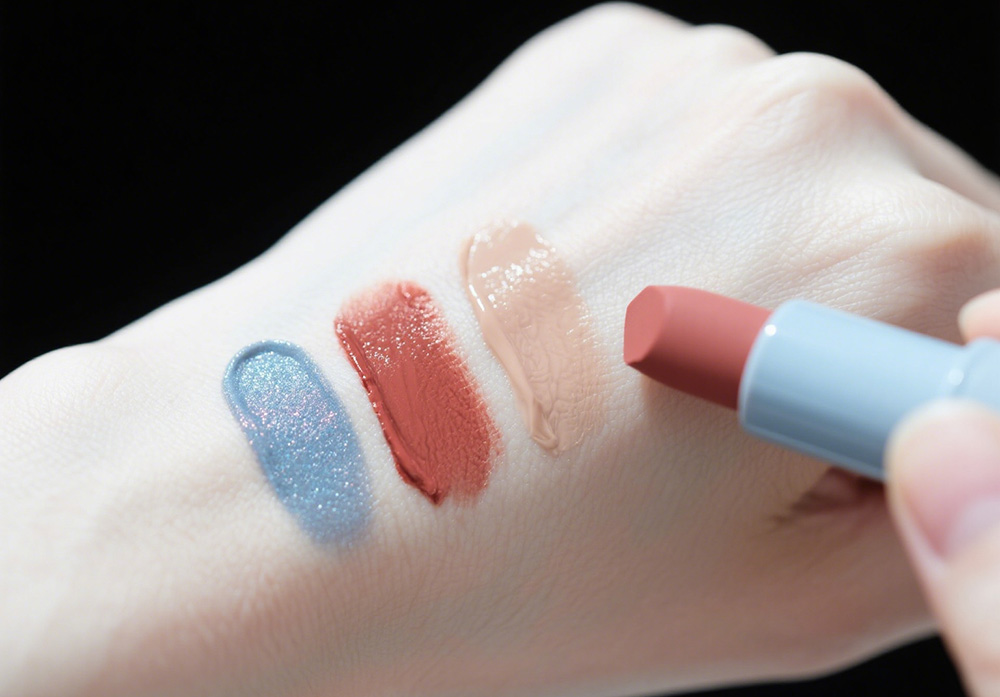
Medium skin tones thrive with warm or neutral shades. Warm terracotta or copper-based reds bring out golden undertones, making olive or beige skin look radiant. Neutral roses or mauves with a hint of warmth offer versatility, transitioning from office meetings to dinner outings. Skip very light nudes—they can wash out medium skin—opt for richer versions like caramel or rose-brown instead, which add depth without heaviness.
Deep skin tones shine with bold warm or neutral undertones. Rich burgundies with red bases complement dark complexions, adding drama without looking harsh. Warm browns, like chestnut or mahogany, bring warmth, while deep berry-toned nudes offer sophistication. Avoid pale pinks or cool-toned beiges—they can appear grayish or ashy. A bold orange-red with warm undertones, for example, pops beautifully against deep skin, adding energy and vibrancy.
Olive skin tones, with their greenish undertones, need warm or neutral shades to avoid looking sallow. Warm corals or peach-based reds counteract green, adding brightness. Neutral mauves with a hint of terracotta balance olive tones, feeling natural yet polished. Steer clear of cool blues or purples—they emphasize green, making skin look dull. A warm brick red or muted rust works wonders, enhancing olive skin’s natural glow.
Matching Lipstick to Your Outfit Style
Casual outfits call for laid-back shades that complement relaxed (effortless) vibes. Jeans, cotton tees, and hoodies pair beautifully with neutral or warm undertones—think soft peach or muted rose. These shades add a hint of color without competing with denim’s texture or graphic tees’ bold prints. Opt for sheer or creamy formulas—they feel lightweight, perfect for running errands or grabbing coffee. Throw on a leather jacket, and the look stays balanced, with lipstick enhancing rather than overpowering.
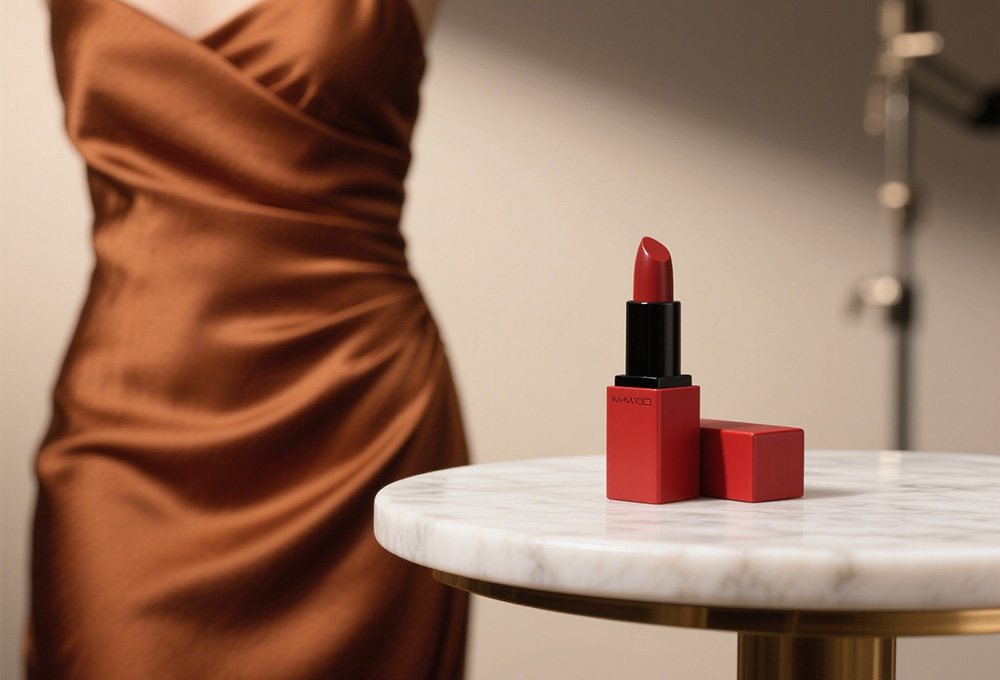
Formal attire demands polished, refined hues. Evening gowns, silk blouses, or tailored suits shine with cool or neutral undertones—classic red with a blue base, deep plum, or muted mauve. These shades complement satin’s sheen or velvet’s richness, adding elegance without feeling over-the-top. A matte finish works best here—it stays put through dinners or galas, pairing seamlessly with pearl necklaces or diamond earrings for a timeless look.
Vintage styles thrive on retro-inspired colors that echo bygone eras. High-waisted skirts, polka dots, or lace dresses pair with warm undertones—crimson red, coral, or terracotta. These shades channel 1950s glamour, complementing cat-eye sunglasses or victory rolls. A creamy finish adds to the nostalgia, feeling like a throwback to classic Hollywood. Add a retro handbag, and the lipstick ties the whole look together, feeling authentic and charming.
Streetwear calls for bold, edgy shades that match the genre’s fearless energy. Oversized jackets, cargo pants, or graphic hoodies stand out with unconventional hues—deep berry with neutral bases, electric coral, or muted purple. These colors make a statement without clashing with tie-dye or neon accents. A satin or semi-matte finish adds modern edge, balancing streetwear’s laid-back vibe with a touch of polish. Pair with chunky sneakers, and the lipstick becomes part of the outfit’s bold personality.
How Long Does Lipstick Last?And How to Make Lipstick Last Longer
Prepping your lips is non-negotiable for long-lasting color. Start by exfoliating with a DIY scrub—mix sugar and coconut oil, then gently massage onto lips for 30 seconds to slough off dead skin. Rinse, then apply a thin layer of unscented lip balm (avoid mint, which dries lips). Wait 2 minutes, then blot with a tissue to remove excess oil—leftover moisture breaks down lipstick, so this step ensures a smooth, dry base.
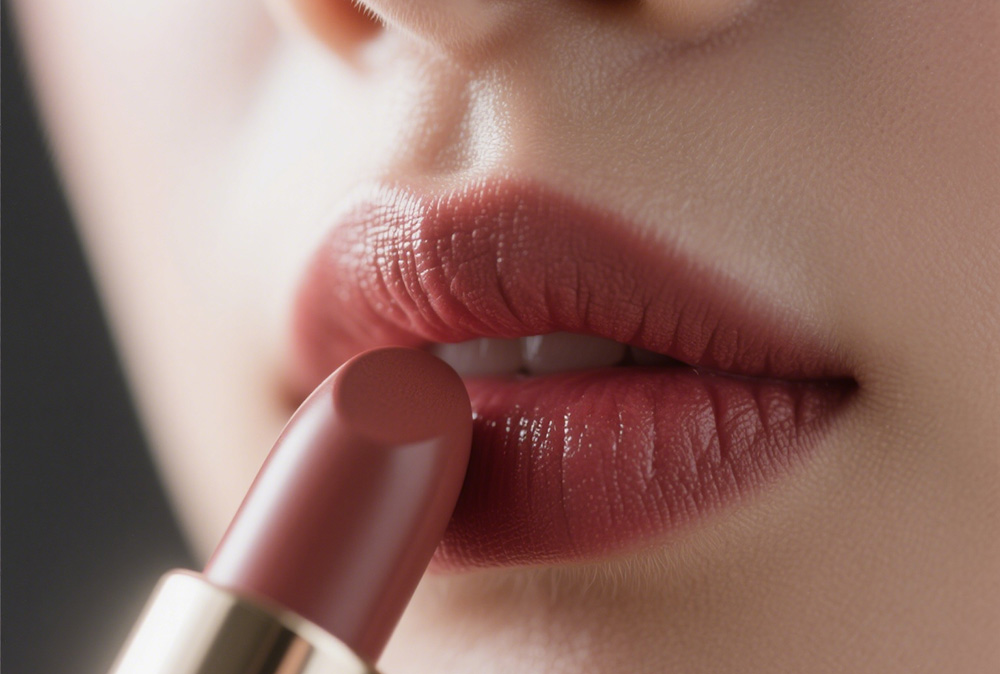
Layering with liner and lipstick locks in color. Choose a lip liner that matches your lipstick’s undertone—outline lips, then fill them in completely. This creates a wax-based base that resists fading, preventing feathering into fine lines. Apply lipstick with a brush for precision, covering every corner, then blot with a tissue to remove excess. Repeat the lipstick layer—this builds pigment density without heaviness, making color last longer.
Setting the lipstick adds hours to wear time. Tear off a small piece of tissue and press it gently over your lips. Dust a tiny bit of translucent powder over the tissue (use a fluffy brush—no swiping!)—the powder seeps through, setting the lipstick without drying lips. For extra hold, dab a clear lip liner over the edges—this acts as a barrier, keeping color from bleeding, especially useful for bold shades.
So, how long does lipstick last? With proper prep, most formulas stay put for 3–4 hours. Matte lipsticks, rich in wax, can last 5–6 hours, even through light snacks. Creamy or glossy ones typically need touch-ups after 2–3 hours, especially after eating or drinking. Avoid oily foods (they break down waxes) and use a straw for drinks—these small habits extend wear time, keeping your lipstick looking fresh longer.
Does Lipstick Expire? How to Store It Properly
Yes, lipstick expires—and using old tubes can cause issues. Expired lipstick harbors bacteria, leading to irritation, redness, or even infection. Signs of spoilage: a rancid, greasy smell (like old cooking oil), dry/crumbly texture, or separated oils (a glossy film on top). If you notice any of these, toss it—even if the color looks fine, the formula is compromised.
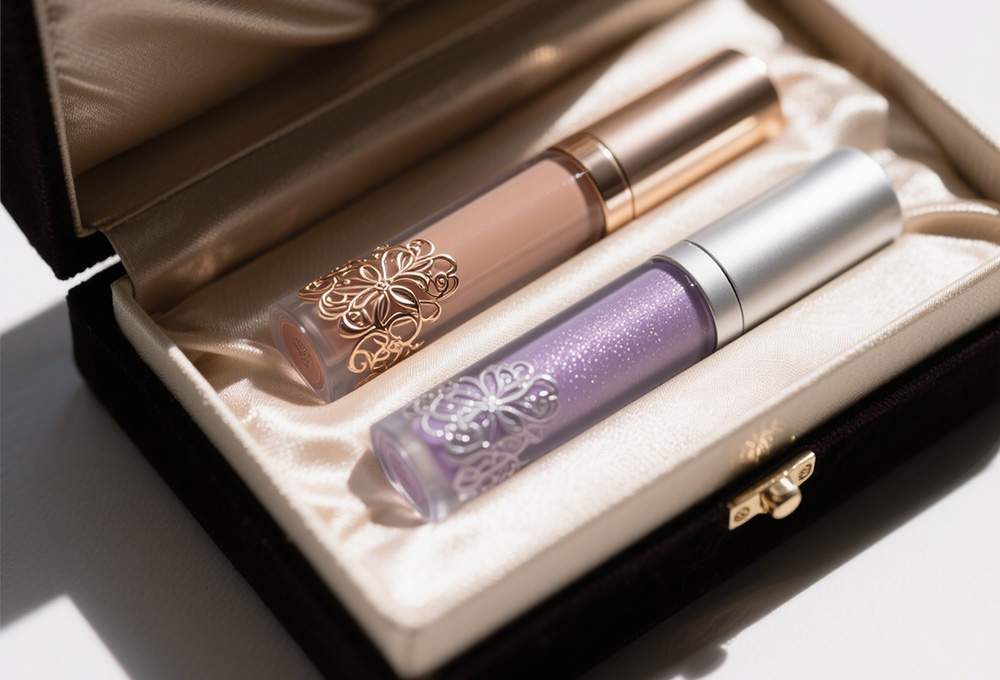
Lipstick has a shelf life: unopened, it lasts 2–3 years (thanks to sealed packaging). Once used, exposure to air, saliva, and germs cuts that to 1–2 years. Track purchase dates—write the month/year on the tube with a marker. This avoids keeping expired products, which lose pigment payoff and become less comfortable to wear over time.
Proper storage extends lifespan. Keep lipstick in a cool, dry place—ideally 60–75°F (15–24°C). Avoid bathrooms (humidity breaks down oils) or hot cars (heat melts waxes). A bedroom drawer or vanity shelf away from sunlight works best. Never leave it near heaters or windowsills—extreme temps warp the shape, making application patchy.
Traveling needs extra care. Pack lipstick in a padded makeup bag to prevent crushing. In warm weather, tuck a small ice pack (wrapped in cloth) next to it—this prevents melting without freezing (which ruins texture). Always twist the cap tight after use—loose lids let air in, drying out the formula. For flights, keep lipstick in your carry-on—checked luggage’s temperature swings are tough on formulas.
Choosing the right lipstick blends science and style. By decoding undertones, matching skin and outfit, and storing smart, you’ll find shades that make you feel confident. Experiment, have fun, and let your lipstick tell your story—one swipe at a time.
